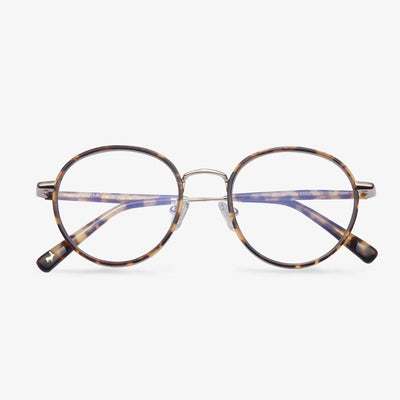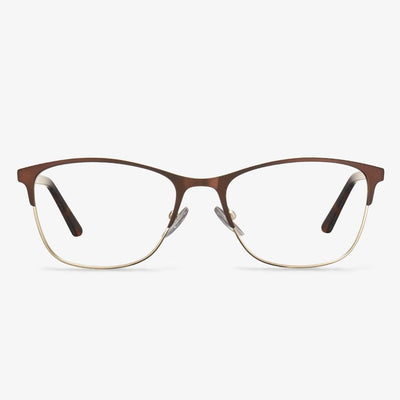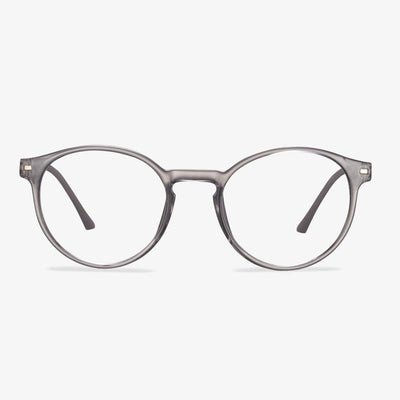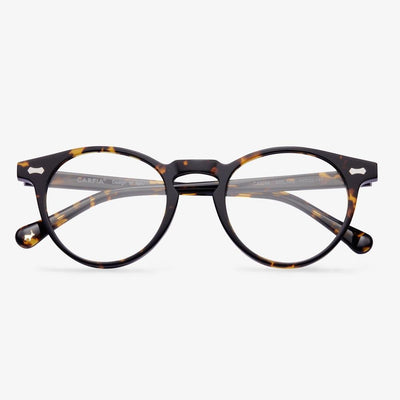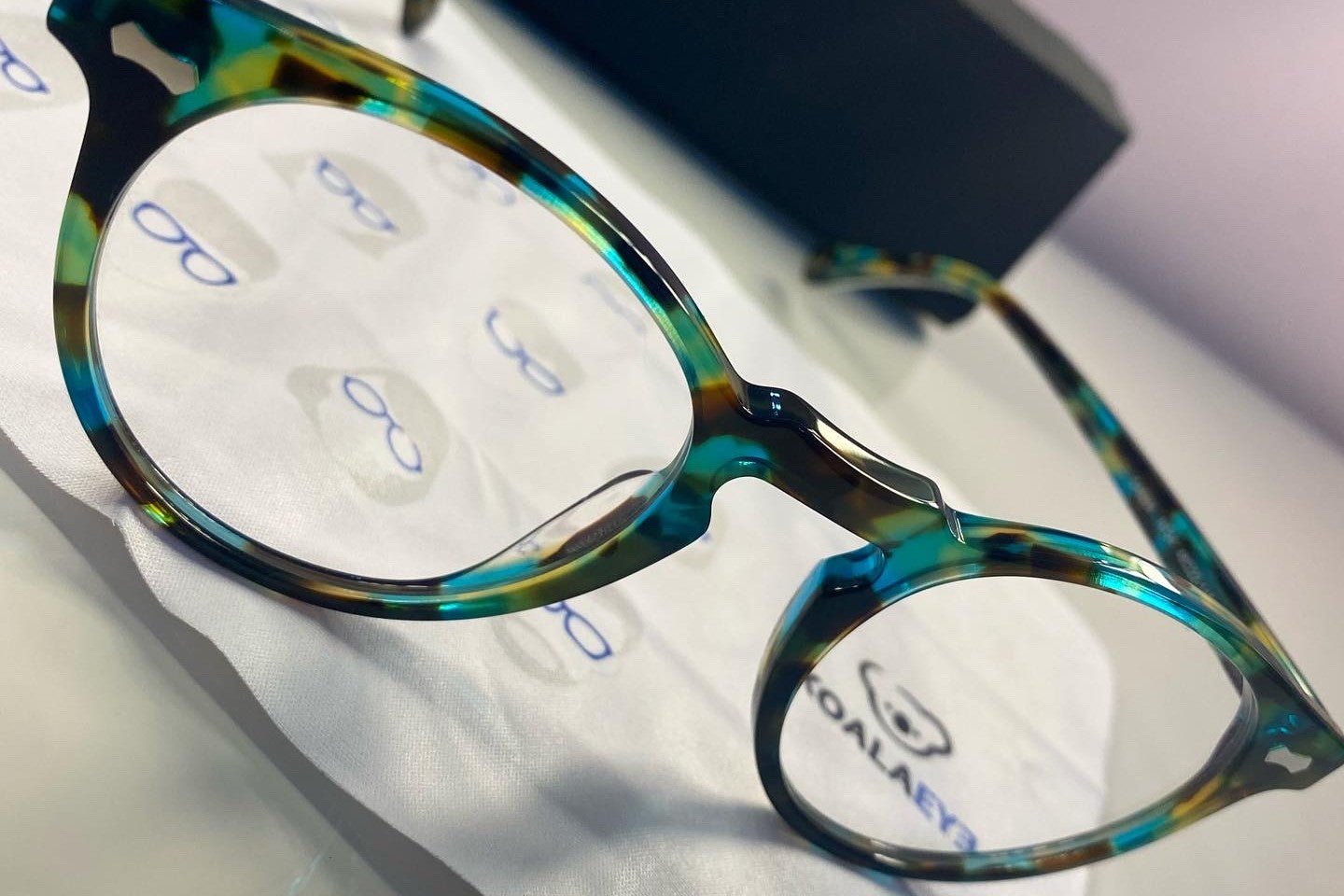When should I use blue light glasses?
Most of us spend a few hours a day in front of a screen. Because so many people work on a computer all day, many people wear blue glasses in the office. At the same time, many American high school and college students spend hours a day on their computers and could benefit from blue light glasses.
Editor's Pick: Polarspex Polarized Night Driving Glasses
The most popular product on Amazon is Polarspex's line of polarized sunglasses. A wide variety of finishes are available. You'll want to select Night Driving Yellow lenses for your night driving glasses. Affordable and stylish, these glasses feature a plastic frame, metal-reinforced hinges, and plastic polarized lenses designed to block BOTH UVA and UVB rays.
Best Ray-ban Wayfarer Alternatives - KOALAEYE Pearl
The first Ray-ban Wayfarer glasses alternative we want to mention is the Koalaeye Pearl. This kind of Wayfarer glasses are designed with acetate material and have a way of making a statement. Whether dramatically oversized or petite, the round Wayfarer sunglasses expertly navigate the balance between classic and contemporary. With not that angular style, alternative Ray-ban Wayfarer glasses - Pearl guarantees that they will complement your face.
In addition, Koalaeye Pearl comes at a cheap price and they are about $39. So, most people are able to afford them.
Aluminum Night Driving Glasses
These night vision glasses feature advanced HD technology. The aluminum frame is lightweight, allowing you to comfortably wear your driving glasses and reduce glare for safe driving. Because the lenses are yellow, these glasses act as night vision goggles to reduce glare, reflections, and their negative effects, while improving and brightening the visual area. Polarized lenses have a special anti-reflective coating that eliminates intense reflected light and reduces glare and scattered reflections. They can double as day and night glasses, improving clarity around the clock.
Testing of aspheric lens
The optical axis of the optical center just overlaps with the visual axis of the eye, which is the most ideal state. Because the light from the edge cannot form a focus on the optical axis, when the optical axis does not overlap with the visual axis (the difference is greater than 2mm), such unclear and scattered imaging results will occur. When choosing frames and aspheric lenses, you need to ensure that they fit correctly, to achieve the best visual and decorative effects. Simply put, due to the special design of the lens, we found through a calculation that the optical center should move down 1mm higher than the pupil for every 2° increase in front inclination angle. Otherwise, the wrong pupil height will cause the lens to look like astigmatism, and cause discomfort. For glasses with aspheric lenses, there must be an inclination angle after wearing. The specific angle varies from person to person.
What color coating is good?
The purpose of plating anti-reflection film is to reduce the reflection of light. But because it is impossible to be completely free of reflected light, there will always be some residual reflection on the surface of the lens that causes the visible color. Someone asks which kind of these residual color is best. It does not have a standard actually. It is mainly based on a personal preference for color. More on the market at present is green color. However, these residual colors can initially help us to judge the thickness of the film: when the film is thin (the thickness is less than 139nm), the reflected light will show light yellow, and when the film is thick (the thickness is more than 139nm), it will show blue-green. The current multi-layer anti-reflection film thickness is about 0.3μm.
How to buy plano lens?
You had better not buy off-the-shelf plano lens, buy by fixed matching, just like matching with myopic glasses. The price is much more expensive than the finished product. However, the quality of the finished glasses is not guaranteed, and the materials are also poor, which is not only not helpful to you, but harmful for a long time. There is no essential difference between degrees and workmanship technology for the lenses, what should choose is the brand lens film of the lens, and the transmittance of the lens, and the design technology of the lens, to buy a good lens (including smooth lens).

















